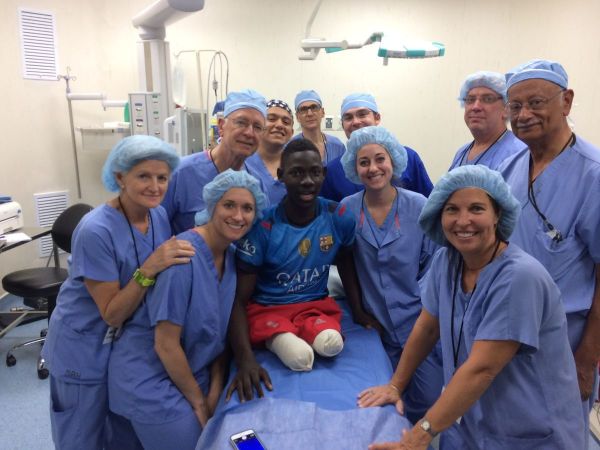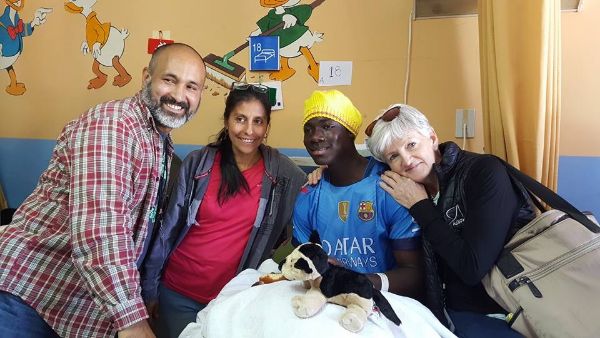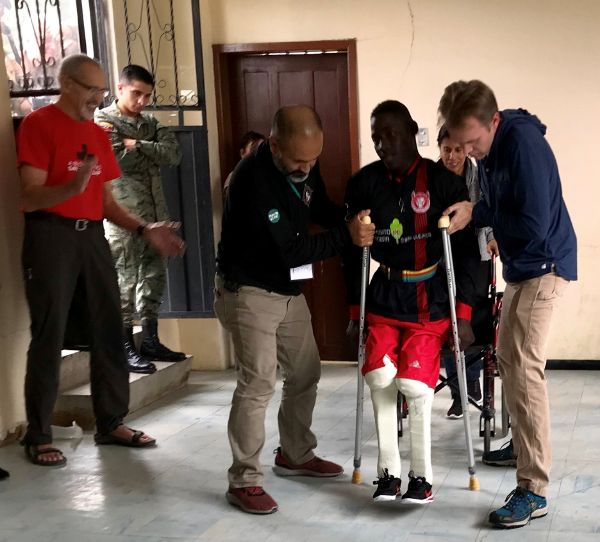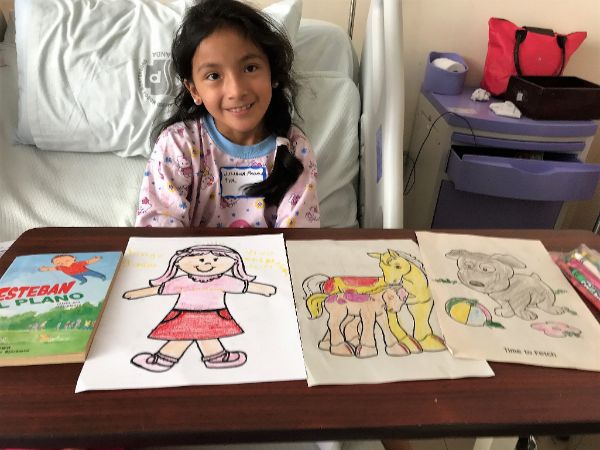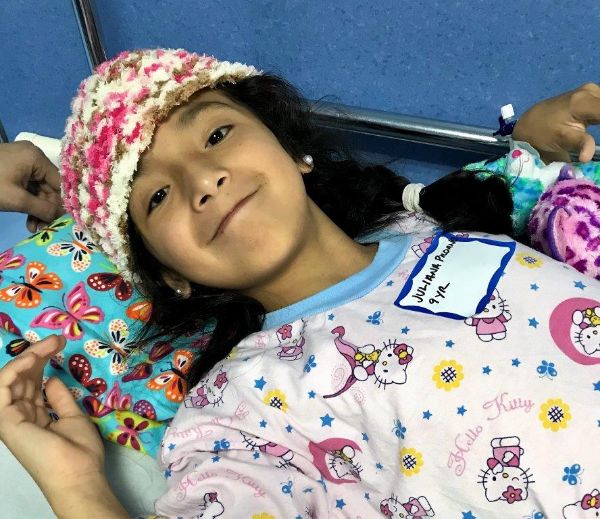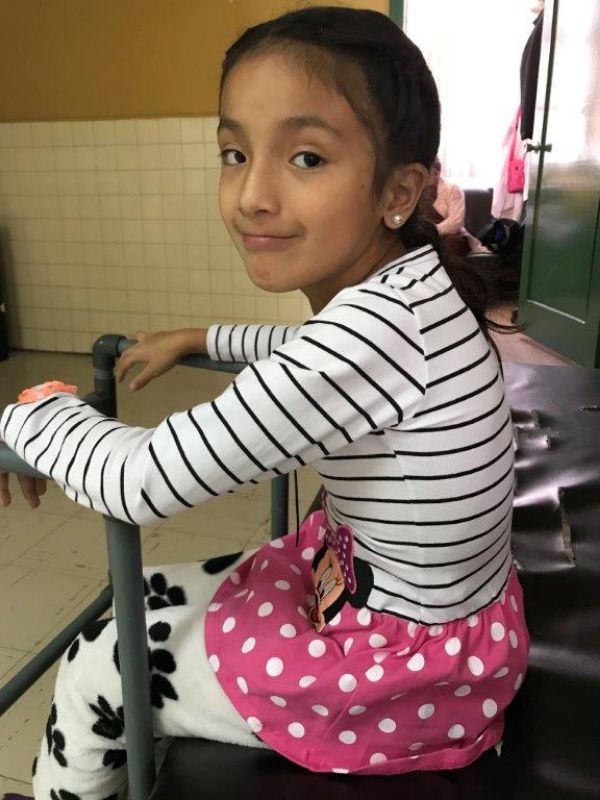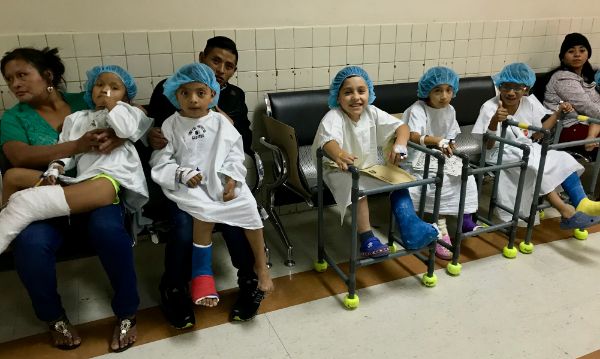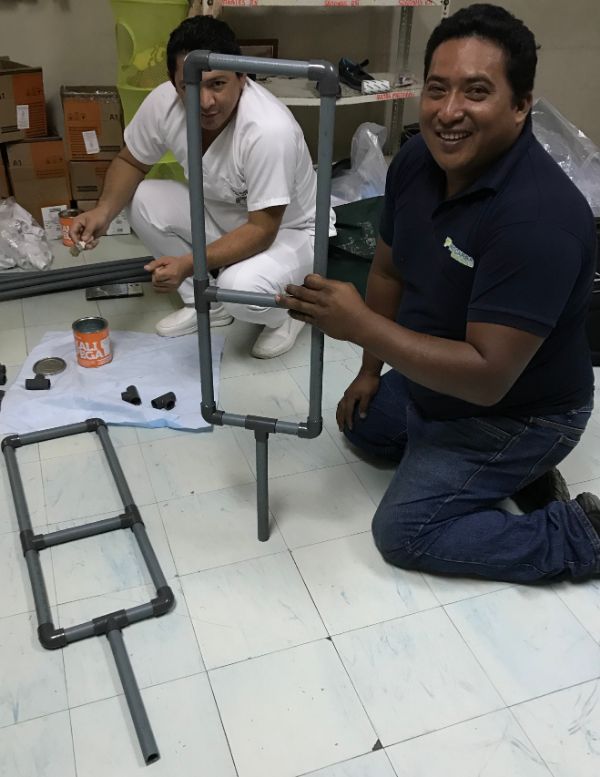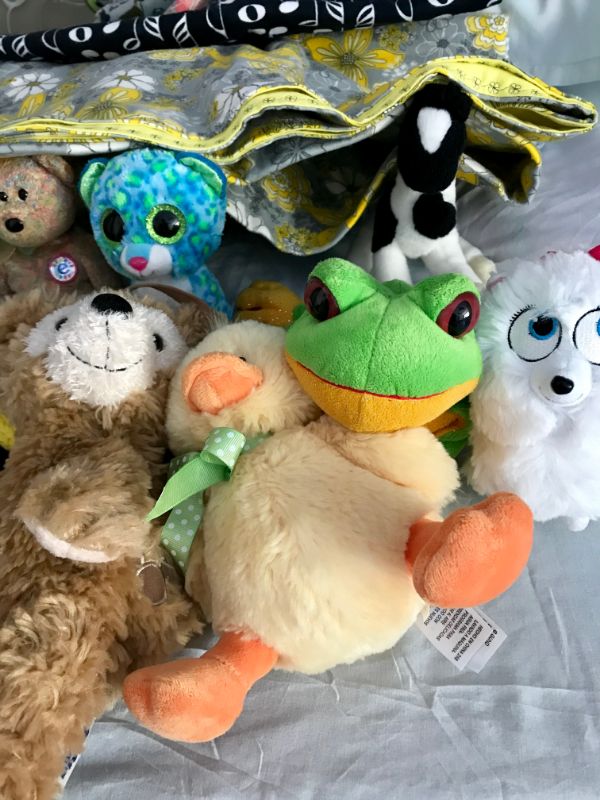Team Leader: Dr. David Shaw, M.D.
Team Type: Children’s Orthopedics, Prosthetics, Physical Therapy, and Occupational Therapy
Campaign Summary: There were approximately 200 patients triaged, 62 surgical procedures performed and 34 casts changed.
The Campaign was Financed by Team Members and their Supporters. Some Supplies, Services, and/or Funds were Donated by the Following:
Alfredo Noboa Montenagro Hospital — Guaranda, Ecuador
Americares — Stamford, Connecticut
El Cielo Para Los Niños del Ecuador — Guayaquil, Ecuador
Friends of Dr. Shaw — Salem Oregon
Friends of Guy and Missy Farris — Lake Oswego, Oregon
Roger and Janet Olson — Salem, Oregon
Salem Health — Salem, Oregon
Bill and Margaret Walsh — Troutdale, Oregon
Team Members:
Ted Anderson, Physical Therapist
Guy Farris, Prosthetists and Orthotist
Loren Francis, R.N., Nurse
Robert Garcia, Interpreter
Dr. Jim Goeke, M.D., Anesthesiologist
Lauren Kjos, Physician Assistant
Neil Mahoney, R.N., Nurse
Patricia Moss, Interpreter
Dr. David Noall, M.D., Orthopedic Surgeon
Sam Perez, Prosthetic Technician
Samantha Schmit, R.N., Nurse
Tabor Scrabeck, R.N., Nurse
Dr. David Shaw, M.D., Orthopedic Surgeon
Lettie Turner, R.N., Nurse
Kristen White, R.N., Nurse
Kim Wiebe, R.N., Nurse
Dr. Jonathan Young, M.D., Anesthesiologist
Nicola Young, Interpreter
Dr. Timothy Zuk, M.D., Internal Medicine
Narrative:
First Steps
Most of the team meet at Portland International Airport very early in the morning with two 50 pound suitcases each with almost all the medical supplies needed for the campaign and their carry-on luggage of personal items. They traveled to Atlanta and then arrived in Quito very late at night. The next morning they traveled by military bus for about five hours to Guaranda where they checked in at their hotel and got a bite to eat before heading to the Alfredo Noboa Montenagro Hospital to start triage. As usual, they were meet by hundreds of families seeking orthopedic help for their children. By the end of the day, a surgery schedule for the next few days was formulated and appointments were made with the physical therapist and prosthetists. They were off and running.
Marcelino, Age 12
As usual, our team saw hundreds of patients. Yet one patient stood out a little more than the others. His name was Marcelino, a 12 year old young man from an orphanage. He suffered from multiple lower congenital abnormalities including arthrogryposis. (Arthrogryposis describes a congenital joint contracture (a permanent shortening of a muscle or joint) in two or more areas of the body). Children born with joint contractures have abnormal fibrosis of the muscle tissue causing muscle shortening and therefore are unable to perform active extension and flexion in the affected joints.
He moved about by scooting with his arms or with the use of a large skateboard. Someone at his orphanage arranged for a used donated arm-powered adapted wheelchair. His goal was to stand and walk just like his friends. The team performed a bilateral below the knee amputation and release of hip contractures. Guy Farris and Sam Perez then fitted him with a temporary leg prosthesis. Next year when the team returns, it will follow-up with a permanent manufactured prostheses and additional surgeries.
Julianna, Age 9
Juliana had an osteotomy (cut bone that is then re-secured with medical grade plates and screws.) After surgery, she adapted to her walker very well. She was discharged a few days after surgery ready to take on the world!
Crutches and Walkers
Having performed several orthopedic campaigns, the team knows it will need orthopedic support and supplies for several of the patients. Many of the items taken for granted in the United States are not practical to transport to Ecuador nor purchase in the country. These items include wheelchairs, walkers, and crutches. However, they can be built from common materials like PVC pipe and connectors, glue, and duct tape available at the local hardware store. Since many crutches and walkers are needed, team members, parents of patients, and Foundation staff are involved in making them.
Blankets and Stuffed Animals
Roger and Janet Olson have been making and donating blankets for years to Dr. Shaw’s teams. The blankets are given to each patient prior to going into surgery. These blankets help create a friendship and diminish fears of surgery. The patients then gets to keep the blanket. Janet and Roger even try to make the stitching on the perimeter of the blanket match the theme of the blanket. Stuffed animals are also collected in the Salem area from various donors and given to every child that is seen in triage.
Departure and Follow-Up
Once the initial cast has been changed, some patients need to remain in their casts and six more weeks. Following up on the patients will either be done by a pre-arranged qualified local doctor or one of the medical team doctors returning in six weeks. The patients will likely see Dr. Shaw and the team next year when it returns.

